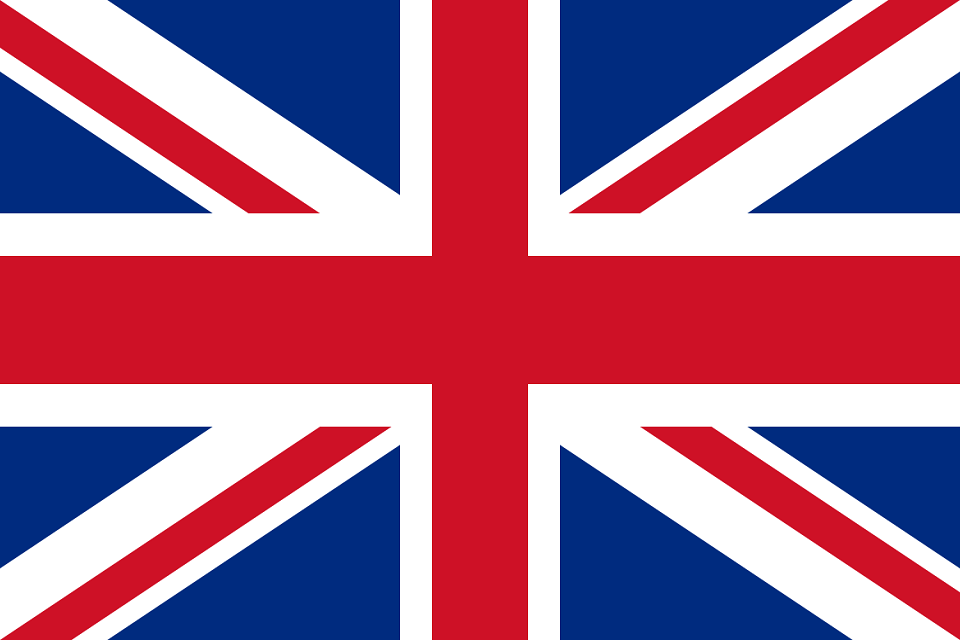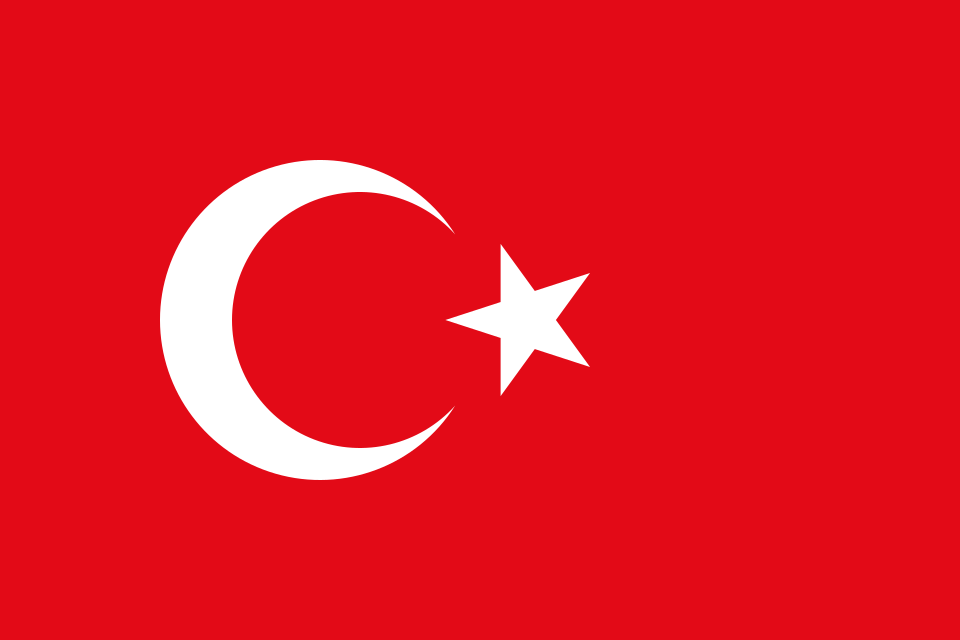Kyphosis, medically known as kyphosis, is a condition characterized by an abnormal forward curvature of the spine. The spine is critical to posture and overall health. Kyphosis can negatively affect children's physical development and, if not treated in time, can lead to more serious health problems.
What is Kyphosis in Children?
Kyphosis is a condition that occurs as a result of excessive curvature of the spine. Kyphosis is more common in children during their growth period, and early diagnosis facilitates the treatment process. Kyphosis can negatively affect children's physical development and quality of life. In this article, you can find detailed information about the treatment of kyphosis in children.
Symptoms of Kyphosis in Children
The symptoms of kyphosis in children include:
- Shoulders sloping forward
- Rounding of the back
- Back and waist pain
- Fatigue and weakness
- Numbness and tingling in the legs
If you notice one or more of these symptoms, it is important to consult a specialist.

Causes of Kyphosis in Children
There are various causes of kyphosis in children:
- Postural Disorders: Poor sitting and standing habits can lead to kyphosis.
- Genetic Factors: A family history of kyphosis increases the risk of this condition in children.
- Muscle and Connective Tissue Problems: Weak muscles and connective tissues can cause kyphosis.
- Trauma: Spinal injuries and accidents can lead to kyphosis.
- Infections and Diseases: Bone diseases and infections are also among the causes of kyphosis.
Treatment Methods for Kyphosis in Children
Treatment for kyphosis in children varies depending on the severity and cause of the condition. Here are some common treatment methods:
1. Physical Therapy and Exercises
Physical therapy is one of the most effective methods for treating kyphosis. Exercise programs prescribed by physical therapists help align the spine and strengthen the muscles. Exercises that specifically strengthen the back and abdominal muscles help correct kyphosis.
2. Use of Orthopedic Braces
Orthopedic braces help maintain proper spinal alignment and prevent the progression of kyphosis. They are frequently used in the treatment of kyphosis, especially in children during their growth phase.
3. Surgical Intervention
If kyphosis is severe and other treatment methods are insufficient, surgical intervention may be necessary. Surgical treatment aims to restore the spine to its normal alignment and is typically performed in severe cases.
4. Posture and Posture Training
Teaching children proper posture and sitting habits is an important step in preventing kyphosis. Posture training provided by specialists helps children maintain proper posture in their daily lives.
Is Kyphosis Dangerous in Children?
Kyphosis in children, medically known as kyphosis, is a condition characterized by an abnormal forward curvature of the spine. If not treated promptly and appropriately, this condition can lead to various health issues.
Dangers of Kyphosis
Physical Development: Kyphosis can negatively affect a child's physical development. Abnormal curvature of the spine can hinder the proper development of the skeletal system during the growth process.
- Pain and Discomfort: Severe kyphosis can cause back and waist pain. This pain can limit the child's daily activities.
- Posture Problems: Kyphosis can negatively affect the child's posture, causing the shoulders to slump forward and the back to round.
- Respiratory Problems: In severe cases, kyphosis can narrow the chest cavity, leading to respiratory problems.
When is Kyphosis Surgery Necessary in Children?
Kyphosis surgery is usually performed when other treatment methods are insufficient and the curvature of the spine has reached a serious level. The decision to perform surgery is made based on the degree of spinal curvature, the child's age, and their overall health.
How is scoliosis surgery performed in children?
Scoliosis surgery aims to realign the spine to its normal position. During the surgical procedure, the spine is stabilized using corrective rods and screws. After surgery, the child may need to wear a brace for a certain period of time and continue physical therapy.





